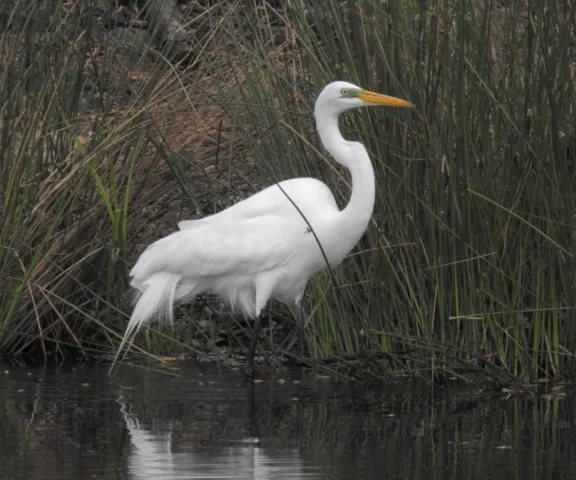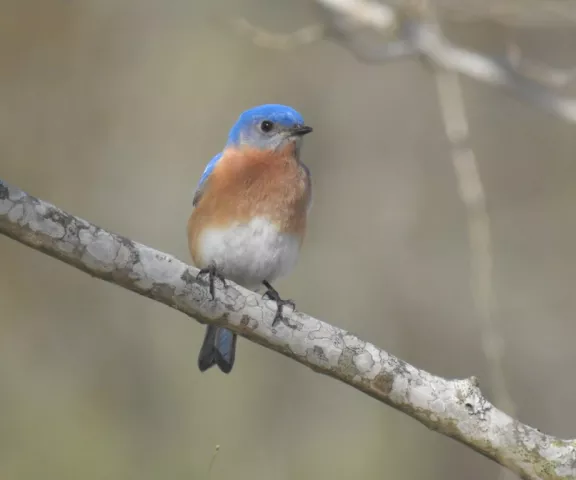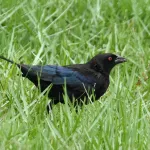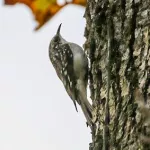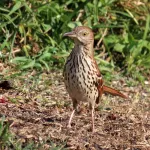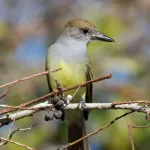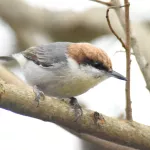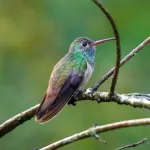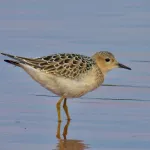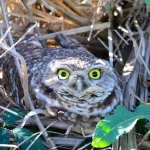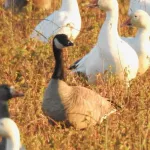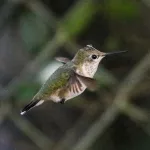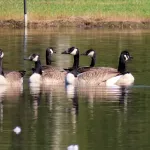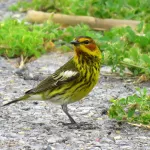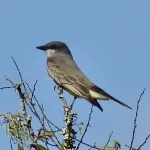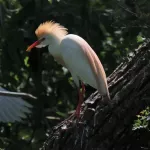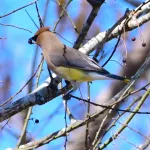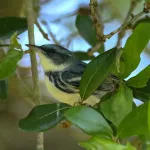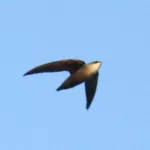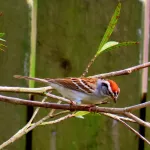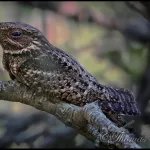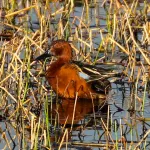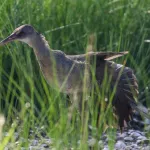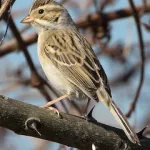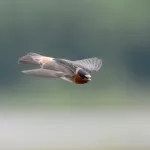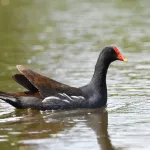Port Hudson State Historic Site sits on land that was once a Civil War Battlefield. Located on the east bank of the Mississippi River just north of Baton Rouge, it’s now a bucolic, habitat-rich setting that includes a variety of forest lands, including Southern loess bluff forest.
Birders have recorded 144 species at this site. Wild Turkey is somewhat common in spring and fall. Out on the river, American White Pelicans put in appearances in early spring and late fall. Swallow-tailed Kites migrate through in late March-early April. Mississippi Kites nest here, along with Broad-winged Hawks.
Acadian Flycatchers nest here, with other flycatchers appearing in October during fall migration. Yellow-throated, White-eyed, and Red-eyed Vireos all nest here, and Blue-headed Vireo is a common winter resident.
Swallow species can be observed all year long. Barn Swallow and Purple Martin nest nearby. Tree Swallows visit from fall through spring, and Northern Rough-winged and Cliff Swallows pass through during migration months.
Thrushes find the lush forested habitats to their liking. Veery, Gray-cheeked, and Swainson's Thrushes pass through during spring and fall migration, whereas Wood and Hermit Thrushes are summer and winter residents, respectively.
Nine sparrow species have been recorded here, with Fox Sparrows observed in brushy, open areas in December-early February. Twenty-four warbler species have been observed here, with Prothonotary, Common Yellowthroat, Kentucky, Hooded, Northern Parula, and Pine Warblers all nesting on site.
The site contains a museum and 6.5 miles of hiking trails, paved parking, a large picnic area with two pavilions, drinking fountains, and restrooms. Partially handicapped-accessible, the site includes one hard-surfaced trail. Besides birding, the site is used by hikers, nature photographers, and history buffs.
